Six-hundred miles off the coast of Ecuador lies a special, volcanic archipelago made up of 19 large islands. Formed around five million years ago through intense volcanic activity, the Galapagos Islands remained virtually untouched for millions of years. This extreme isolation allowed for the development of beautifully diverse and unusual animal and plant life—from giant tortoises and marine iguanas to huge cacti and flightless cormorants. The Galapagos contain a plethora of magnificent species that cannot be found anywhere else on earth! For this reason, the islands have often been referred to as a “living museum and showcase for evolution;” indeed, it was his visit to these very islands in 1835 that provided Charles Darwin with the inspiration for his theory of evolution by natural selection!
Due to the their incredible wealth of diverse plant and animal species (both on land and underwater), as well as the remarkable geological features and volcanic landscapes, the Galapagos Islands have become a tourist hotspot in recent years. The virtual fearlessness that the wildlife exhibit towards humans, which can be attributed to the lack of predators on the islands, attracts hundreds of thousands of tourists who want to get up close to these exceptional animals. And though every traveler should have the opportunity to experience the glorious history and abundant biodiversity of these islands, the increase in foreign visitors has slowly begun to threaten the very source of the clamor: the native species and their natural environments. The Galapagos’ fragile ecosystem is immensely vulnerable to human contamination, overpopulation, development, and invasive species, all of which have increased along with the tourism influx. Because of these threats, the topic of sustainable travel has become more important than ever-- as travelers, we have the responsibility to follow responsible tourism practices, so that we, and future generations, can continue to enjoy the most beautiful places on earth without causing irreparable harm.
So, how do we travel responsibly in the Galapagos? Read below to discover important tips to help travelers tread lightly on these incredible islands!
Keep a Respectable Distance
Because the wildlife on the Galapagos Islands do not fear human presence, travelers are often tempted to reach out and touch an adorably playful seal or to snap a picture up close with a giant Galapagos tortoise. While it may seem harmless to give one of those unbearably cute seal pups a gentle pat on the head, the truth is that humans carry foreign diseases, germs, and harmful bacteria against which the animals cannot defend themselves. Humans also possess a foreign smell, which, though it may sound innocuous, can be detrimental to wildlife populations: if a visitor touches a seal pup, for example, his or her smell is transferred to the animal. Then, when the mother seal returns to her young, she will detect the human scent and reject her pup, which leaves the young seal in the impossible situation of fending for itself. So, despite the temptation, it’s essential to be a responsible observer and maintain a distance of at least six feet from the animals at all times!
2. Don’t Bring Any Food or Drink
When entering the Galapagos National Park, make sure to fully cooperate with the environmental inspection personnel. Any foreign food or drink (besides water) is prohibited, as are any foreign plant or animal species—after all, the introduction of any these items are a direct threat to the islands’ delicate ecosystem (even those pesky ants that crawled into your backpack during the boat ride!). And, whatever you do, do NOT attempt to feed any of the animals! Feeding the wildlife, even if it’s just a small chip or cracker, can gravely harm the animals’ health and behavior. Not only are the animals unaccustomed to eating human food, but they also could potentially lose their motivation to feed themselves if they can rely on a steady source of food from the thousands of visitors that come by each day. So, to stay on the safe side, leave your snacks at home!
3. Support Local Communities
When traveling to the Galapagos, skip the giant cruising industries (which are more expensive, anyway!) and opt instead to travel with a company that partners with local community organizations and entrepreneurs, so that the Galapagos Islands themselves will benefit directly from your dollars. Locally owned businesses do not draw the large number of crowds like the big-named cruise companies, but, by traveling with such an organization, you will have the opportunity to support local communities and businesses that dedicate themselves to caring for the health and conservation of the Galapagos Islands.
4. Shop Carefully
Avoid buying (or just taking) souvenirs or other items that were made from plants or animals that are native to the Galapagos Islands. Black coral, volcanic rocks, native wood, and tortoise shells may seem small and insignificant, but the sale of such items encourages further environmental destruction.
5. Conserve Resources
Due to the influx of tourists, as well as to the migration of thousands of families from mainland Ecuador, development on the Galapagos has had a difficult time keeping up with the rapidly growing demand. Increased development of hotels, restaurants, etc. have put a strain on the islands’ limited resources. So, when traveling to the Galapagos, be mindful of conserving precious resources. Take short showers, flush the toilet sparingly, discard your trash responsibly (don’t litter in the parks!), and avoid the use of plastics when possible--bring a refillable water bottle with you!
Everyone who travels to the Galapagos plays an important role in protecting this magnificently special place and all the unique species that it contains. These remote islands possess some of the world’s most spectacular natural wonders that cannot be found anywhere else on the planet. Visitors to the Galapagos have the opportunity to see some of the most fascinating plants, animals, and landscapes that nature has to offer, and, in return, they hold the responsibility of maintaining the beauty of the region and the health of its inhabitants.
Take only photos, and travel responsibly!


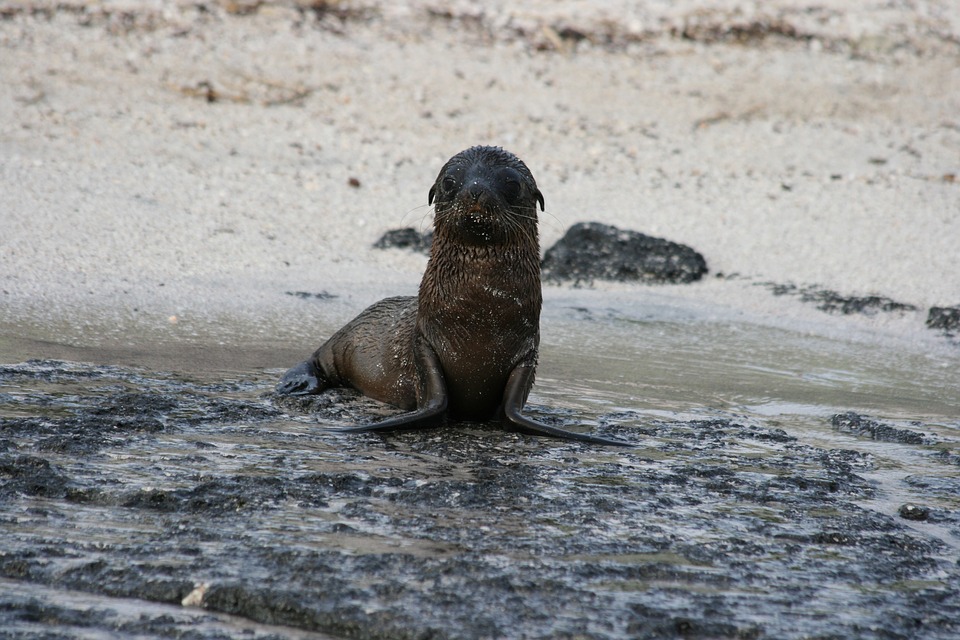

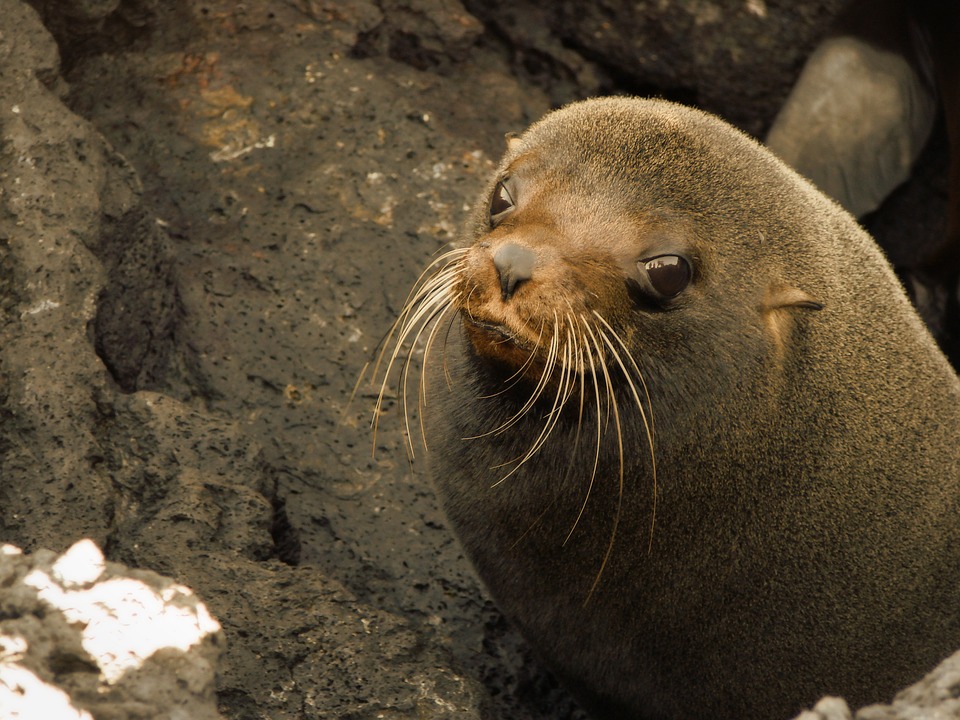
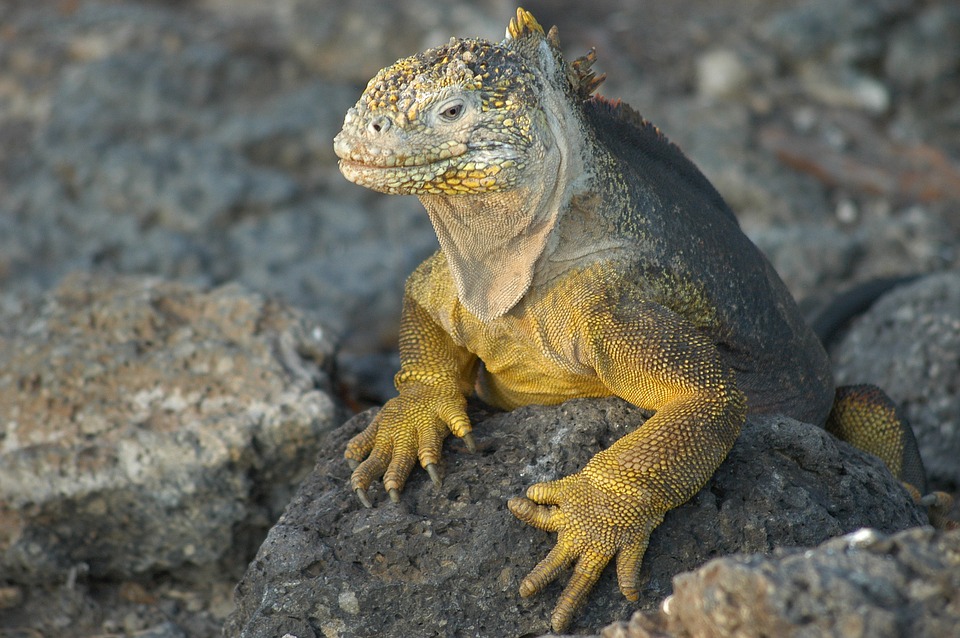
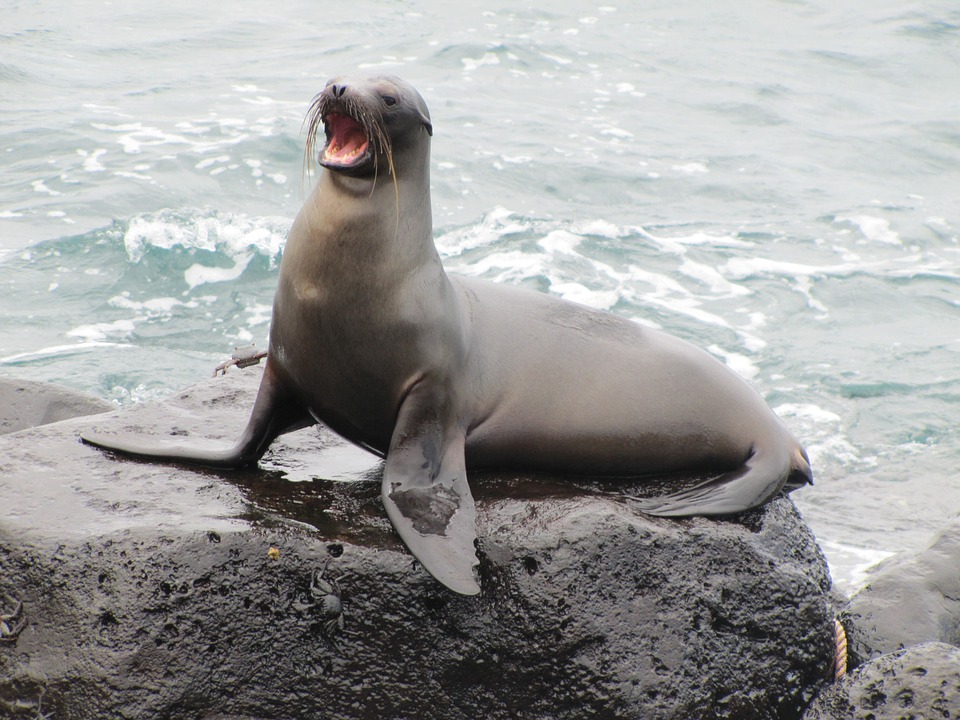
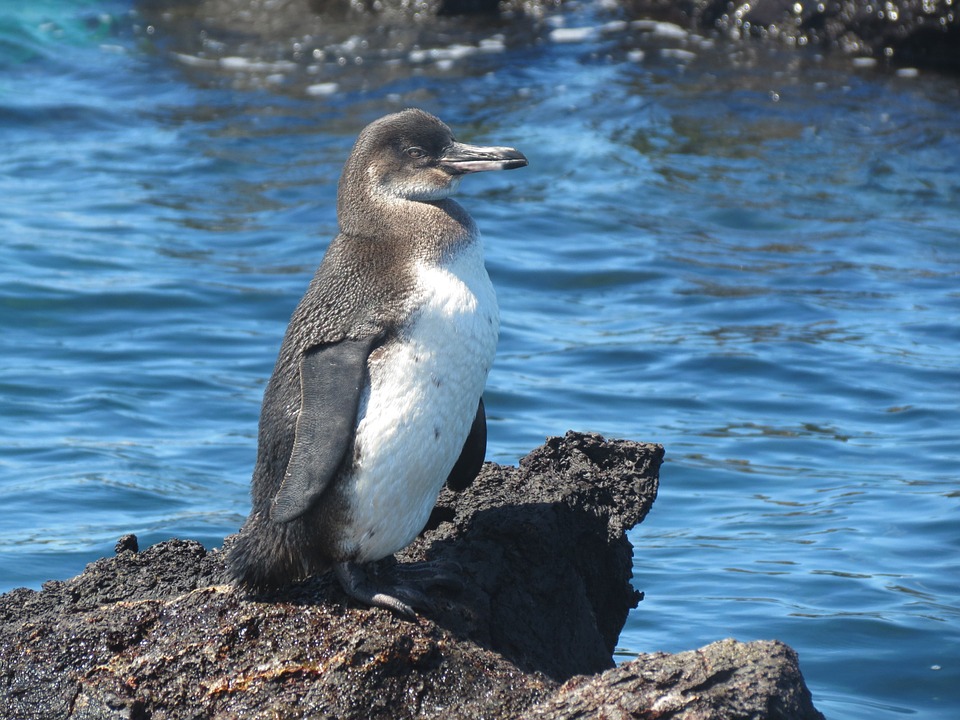



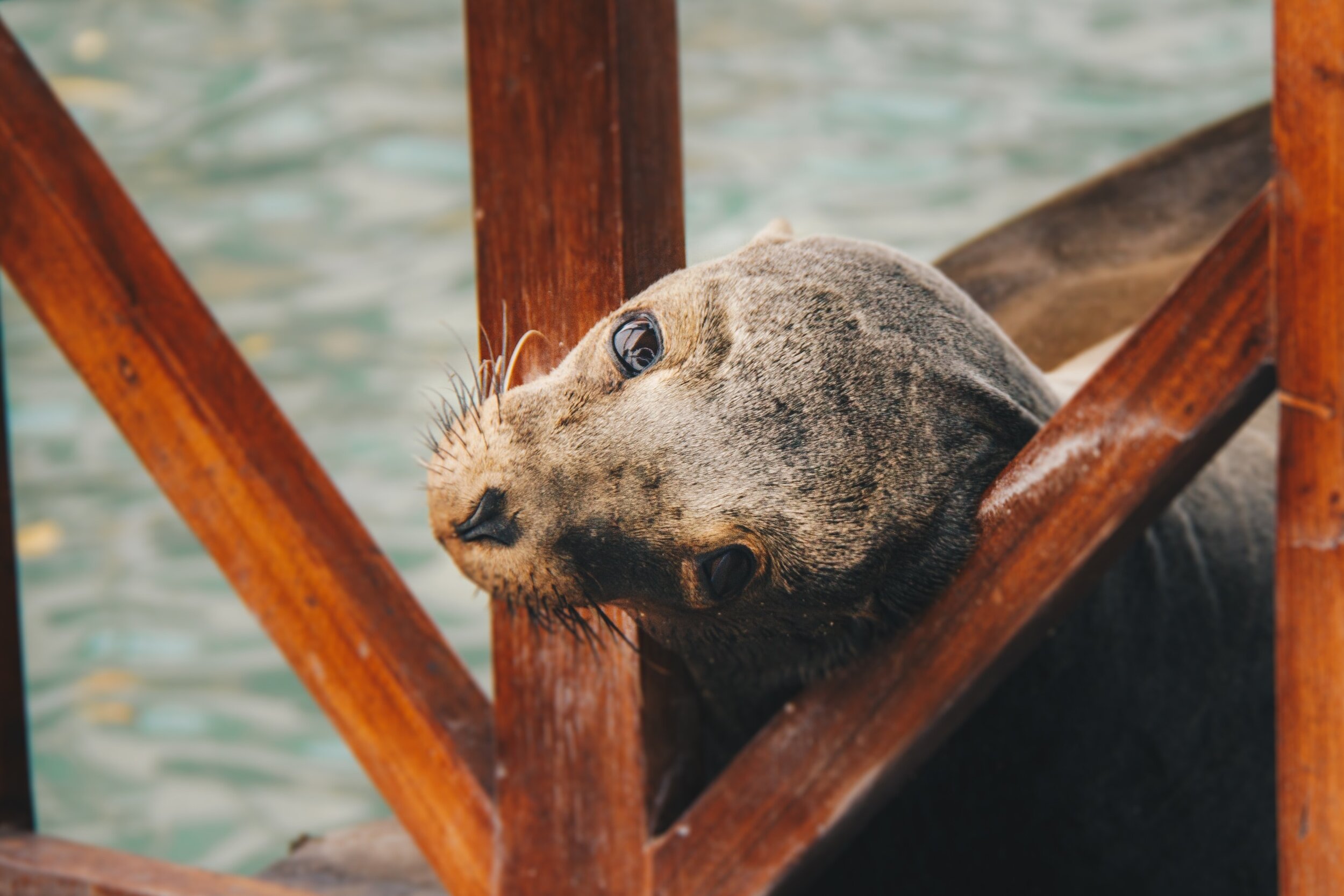









One of the major problems that every traveler encounters is baggage limit, especially if you're only using a carry-on OR a lightweight suitcase.